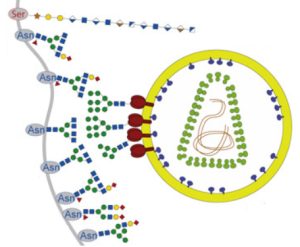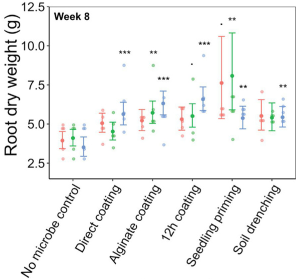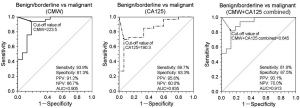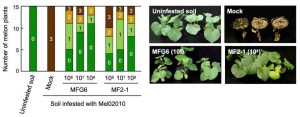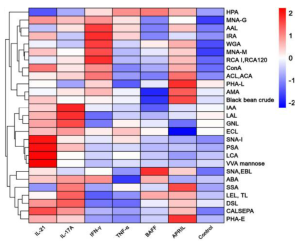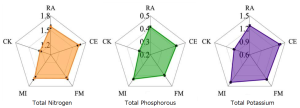Differences in microbiome in peanut rhizosphere between continuous and rotational cropping
A group from College of Forestry, Shandong Agricultural University, No. 61, Daizong Street, Taian, 271018 Shandong China, etc. has reported differences in microbiome in peanut rhizosphere between continuous and rotational cropping.
https://www.ncbi.nlm.nih.gov/pmc/articles/PMC8854431/
At he phylum level, comparing monoculture (LIZ) and rotation (LUZ) soils,
in bacterial phyla, Proteobacteria (higher in LUZ), Chloroflexi (higher in LUZ), Acidobacteria (higer in LUZ), WPS-2 (significantly higher in LUZ), and Firmicutes (significantly lower in LUZ),
in fungal phyla, Ascomycetes (higher in LUZ) and Mortierellomycota (significantly lower in LUZ).
At the genus level, comparing monoculture (LIZ) and rotation (LUZ) soils,
in bacterial genus, Acidibacter (higher in LUZ), Puia (higher in LUZ), Ralstonia (significantly higher in LUZ), Clostridium_Sensu_Stricto_1 (significantly lower in LUZ), Turicibacter (significantly lower in LUZ), Romboutsia (significantly lower in LUZ), Streptomyces (significantly lower in LUZ), Bryobacter (lower in LUZ), and Paeniclostridium (significantly lower in LUZ),
In fungal genus, Talaromyces (significantly higher in LUZ), Chaetomium (significantly lower in LUZ), Mortoerella (significantly lower in LUZ), Neocosmospora (significantly lower in LUZ), Solicoccozyma (significantly lower in LUZ), and Papulaspora (significantly lower in LUZ).
For bacteria, Proteobacteria was shown to be dominating the bacterial community and soil types in different geographic regions, and has been known as beneficial bacteria suppressing rhizoctonia disease.
For fungi, Talaromyces species have antagonistic fungal functions on species such as Cylindrocarpon destructans, Fusarium oxysporum, Rhizoctonia solani, and so on. The relative abundance of pathogens such as Fusarium, Penicillium, Gibberella and Colletotrichum in LUZ rhizosphere soils was lower than in LIZ. Penicillium is a toxin-producing genus that can cause fruit, vegetable, and meat rots. Fusarium also causes plant rots, stem rot, flower rot and spike rot. Gibberella causes devastating plant diseases and produce specific toxins or active metabolites that are toxic to humans and animals.
These observations suggested that long-term continuous cropping changed soil bacterial and fungal communities in peanut rhizosphere, which to some extent reduced the relative abundance of potentially beneficial bacterial genera and increased the relative abundance of potentially pathogenic fungal genera.

